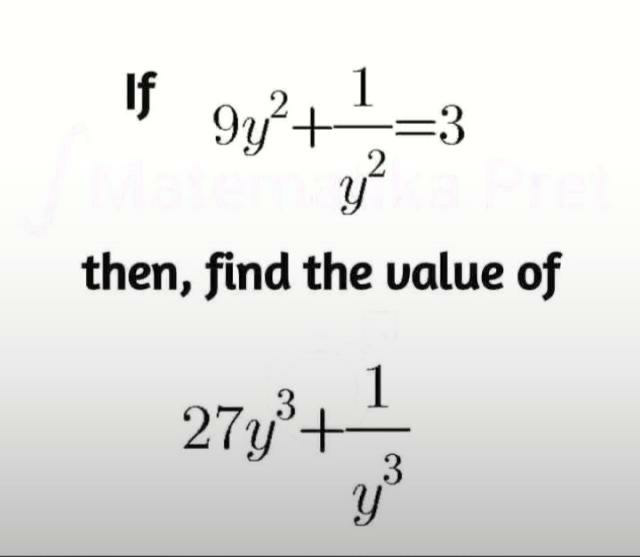
AllQuestion and Answers: Page 1274
Question Number 87754 Answers: 0 Comments: 0
Question Number 87752 Answers: 1 Comments: 0
Question Number 87751 Answers: 0 Comments: 2
Question Number 87737 Answers: 1 Comments: 0
Question Number 87733 Answers: 1 Comments: 2

Question Number 87732 Answers: 0 Comments: 1
Question Number 87731 Answers: 0 Comments: 1
Question Number 87726 Answers: 0 Comments: 0

Question Number 87724 Answers: 1 Comments: 0
Question Number 87723 Answers: 1 Comments: 0
Question Number 87716 Answers: 1 Comments: 1

Question Number 87711 Answers: 1 Comments: 2
Question Number 87709 Answers: 0 Comments: 0
Question Number 87692 Answers: 0 Comments: 8
Question Number 87690 Answers: 1 Comments: 4
Question Number 87687 Answers: 1 Comments: 0
Question Number 87686 Answers: 3 Comments: 0
Question Number 87682 Answers: 0 Comments: 0
Question Number 87671 Answers: 1 Comments: 3

Question Number 87669 Answers: 1 Comments: 4
Question Number 87648 Answers: 0 Comments: 4
Question Number 87647 Answers: 1 Comments: 0
Question Number 87656 Answers: 1 Comments: 3
Question Number 87643 Answers: 0 Comments: 0
Question Number 87637 Answers: 1 Comments: 0
Question Number 87625 Answers: 2 Comments: 0
Pg 1269 Pg 1270 Pg 1271 Pg 1272 Pg 1273 Pg 1274 Pg 1275 Pg 1276 Pg 1277 Pg 1278
